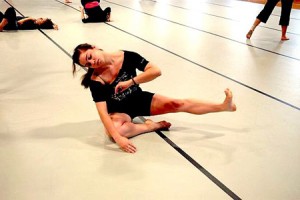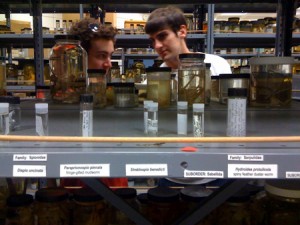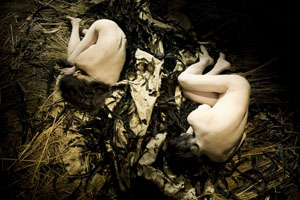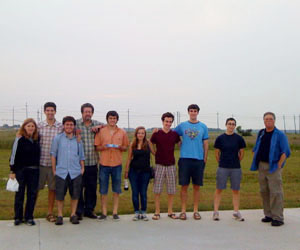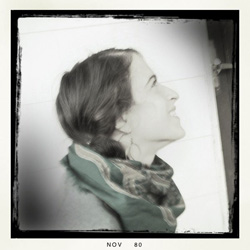To all writing-enthusiasts in the Class of 2015: the Wesleyan Writing Workshop wants to hear from you – they are eager to shine a spotlight on the talented writers of this year’s freshman class! If you are interested in the Writing Certificate, write frequently in your spare time, are hoping to break into a writing-intensive field or simply want to prove yourself as a promising writer at Wesleyan, please submit your work to the Freshman Writing Contest.
Your challenge is to respond creatively or critically in roughly 1,000 words to some aspect of this year’s First Year Matters theme, fueling the future. In your entry, make sure to respond to at least one of the FYM readings, citing where appropriate. If your reference is not explicit (for instance, if you chose to write a creative piece about a future America completely overpowered by nuclear plants), note which article(s) you are responding to in a footnote.
Consider the following questions as you begin to formulate your response:
- How do you define “American power”?
- What can we – as students, artists, scientists, poets, journalists, activists, etc. – do about “fueling the future”?
- What must we do to ensure our future is sufficiently “fueled”? With so many different problems in need of solutions, where do we even begin?
- Where should we draw the line between idealism and practicality when seeking solutions for these problems?
- How is your daily life impacted by energy politics?
- How can art be an effective medium for discussing broader political issues?
- Check out Mitch Epstein’s website, www.whatisamericanpower.com, for ideas and inspiration. Which featured definitions of “American power” do you agree with? Disagree with? Do any of the pictures strike a chord with you?
The Wesleyan Writing Workshop will accept all types of submissions: opinion pieces, research papers, investigative journalism, short stories, the sky’s the limit! They will limit submissions to one entry per student. The winning entries will receive a twenty dollar Amazon.com gift certificate and be published on the Wesleyan Writing Blog. This is a fantastic opportunity to establish yourself as one of the most promising writers of your class.
Please send your submission in an email attachment to writingworks@wesleyan.edu by noon on Saturday, September 24. To complete your submission, you must also fill out the Contest Submission Sheet which you can find on the sidebar of the Wesleyan Writing Blog.
For additional information, please contact this year’s Ford Fellows Anya Backlund and Katherine Mechling at writingworks@wesleyan.edu.


